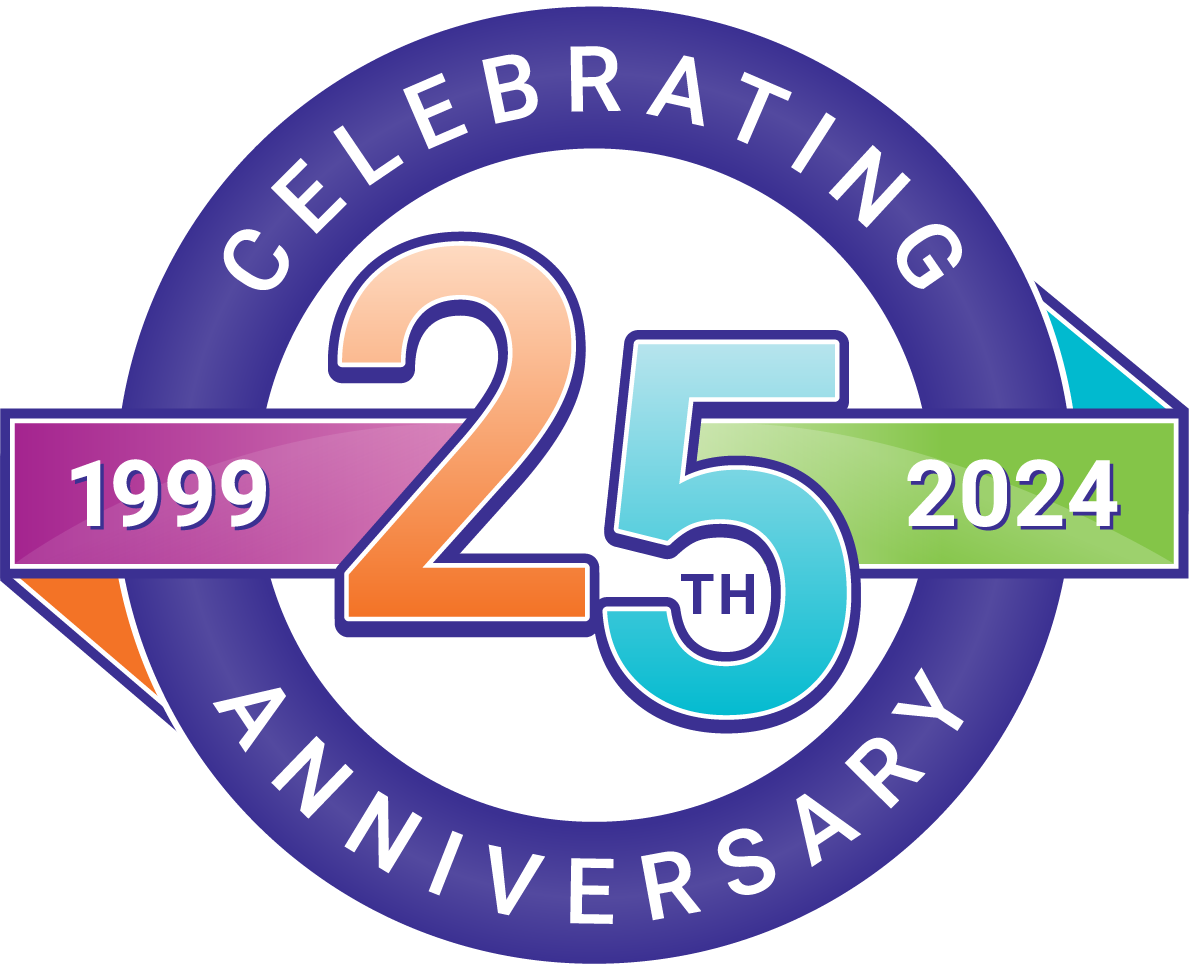November 9, 2018
Because this has information about a Gale database available on OSLIS, I am posting this to OSLIST.
Hi,
I ran across an article today, and it reminded me that school librarians can collaborate with health and science teachers to help students learn about trusted sources of online health information.
How Health Misinformation Spreads
This post on KevinMD.com dissects how health misinformation spreads. Tactics include reporting findings from observational studies as cause and effect, using sensational quotes, and intentionally using a provocative headline. A key here seems to be helping students (and others) understand the basics about research study findings. Or, at a minimum, encourage students to be skeptical about findings and try to confirm them with experts before trying to act on them. These are not easy tasks, I know.
“Effective clickbait doesn’t just happen. It’s carefully crafted. Take this wildly misleading article from CNN: Not exercising worse for your health than smoking, diabetes, and heart disease, study reveals. It’s one example — among many generated daily by various news outlets — of how a mundane observational study can be transformed into viral internet gold. In the days after it was published, this story was liked and shared hundreds times and sparked dozens of copycat articles…”
WebMD vs. MedLinePlus
That article made me remember a 2016 The New York Times piece, “Room for Debate,” about the value of medical websites. It also made me think about the differences between WebMD, a popular site for consumer health information, and MedLinePlus, a consumer health information site from the U.S. National Library of Medicine. I taught a reference class for a library program for several years, and only until the most recent edition of the textbook did the book’s authors include WebMD in the chapter about health information. I’m not sure I’d recommend it when sites like MedLinePlus exist.
Why? While WebMD has an advertising policy, I think their inclusion of ads and sponsored content could blur the lines. It would make me wonder how much, if any, influence advertisers have over editorial content. And, it would make me wonder how closely students pay attention to whether or not a tiny ad symbol is on the page. For example, in an article about allergies, two ads appear in the middle of the first page. Both have a tiny blue box with the word ad. The first ad says, “Best Allergy Medicine...Evaluate and select the best alternatives here.” When you click on the ad, it leads to page of new links. Several of the new links lead to “search results,” and one leads to coupons for medicine. Will students find all of that information useful or confusing? Will they think the brands for which coupons are offered are recommended by WebMD? Also, you’ll notice that the majority of WebMD’s awards are related to marketing, design, and media – not so much about quality content.
MedLinePlus, on the other hand, “is the National Institutes of Health's Web site for patients and their families and friends. Produced by the National Library of Medicine, the world’s largest medical library, it brings you information about diseases, conditions, and wellness issues in language you can understand…There is no advertising on this site, nor does MedlinePlus endorse any company or product…” Also, they offer much of their information in Spanish. I’m not saying that WebMD can definitely not be trusted. For example, they do have a HON (Health on the Net) certification. But, why recommend a site like that when trusted alternatives with no ads exist?
Health & Wellness Resource Center (Gale Database)
Another trusted source of health information is Health & Wellness Resource Center. It’s one of the Gale databases available through the statewide database contract, and it’s available from the secondary Find Information page on OSLIS. Besides the basic and advanced search options, users can look up information by category: diseases and conditions; drugs; diagnostics and tests; and therapies, treatments, and surgeries. If you need your Gale login, please contact me.
KidsHealth (Website)
KidsHealth is a website from a nonprofit children’s health system called Nemours. Despite what the name implies, they offer information for teens, parents, and educators, too. Also, much of their information is available in Spanish. “Here's what you'll find on KidsHealth.org: Doctor-reviewed advice on hundreds of physical, emotional, and behavioral topics — from before birth through the teen years. Separate sections for parents, kids, and teens, each created with your questions in mind. Easy-to-follow articles, slideshows, videos, and health tools designed to help families learn, grow, and be their best. Free lesson plans and programs for teachers and early childhood educators.”
MLA Top Health Websites
The Medical Library Association has a list of recommended health websites for “health consumers and patients.” Categories include general health, cancer, diabetes, eye disease, heart disease, HIV/AIDS, and stroke. Note that their focus is not on children and teens.
Health & Medical Reference Guidelines
The Reference and User Services Association (RUSA) is a division of ALA, and in 2015 they updated their Health and Medical Reference Guidelines. Sections include the role of library staff in answering health and medical questions, ethics, and more. The document is aimed at staff in all library types. I encourage you to read it.
Enjoy the long weekend.
Jen
Jennifer Maurer
School Library Consultant
State Library of Oregon
| Educator Content There is currently no educator content for this page. |
|
Do you want to share this page with students, but you don't want students to see the Educator Content section? Share this link instead of the URL at the top of the page: |

